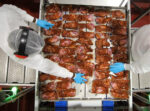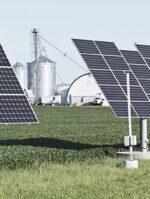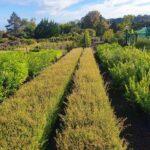Fortude helps Beak and Johnston nail recipe for success with Infor M3
Beak and Johnston, an Australian family-owned fresh food manufacturer that produces innovative, value-added meal solutions, has partnered with Fortude, a global digital technology solutions company, to transform the manufacturing operations at its Greenacre plant. While Beak and Johnston is no stranger to Infor M3 having previously adopted it at their Arndell Park Facility, the manufacturer chose to partner with Fortude for the Greenacre plant roll-out because of the firm’s deep domain expertise and strong implementation track record in the food and beverage industry. “Our investment in Infor M3 is a strategic move towards becoming the top convenient meals provider of choice for all Australians. Fortude’s food and beverage industry implementation experience coupled with its extensive suite of extensions and integrations has enabled us to boost the performance of Infor’s core solution. With Fortude’s support, we have been able to streamline our operations and minimise food waste through effective master demand forecasting and inventory management. We also have been able to establish complete traceability which enables us to ensure compliance and food safety in our operations. We are delighted to have a partner like Fortude that understands our industry and growth ambitions very well,” said Ben Taboada, Group IT Manager, Beak and Johnston. Fortude’s implementation has helped the Australian food manufacturer boost its inventory visibility, overcome integration issues, simplify the stock valuation process, and eliminate supply chain inefficiencies. Fortude also introduced the Infor Manufacturing Execution System (MES) to support Beak and Johnston’s core manufacturing activities through complete traceability and accurate shelf-life management capabilities for its fresh food products. “The growing consumer demands for convenient and healthy meal solutions points to a booming frozen food industry. However, limited product shelf-life and dynamics of the fresh food industry, pose serious challenges for fresh food manufacturers,” explains Cameron Greening, Senior Vice President (Sales) ANZ, […]









